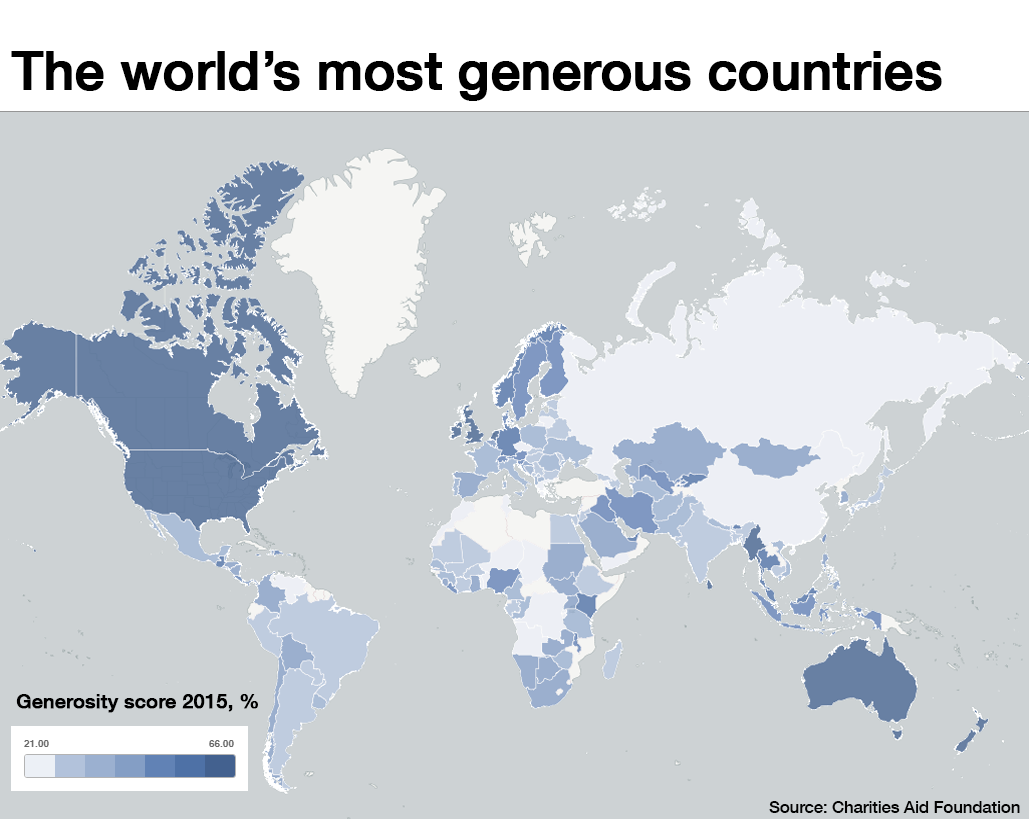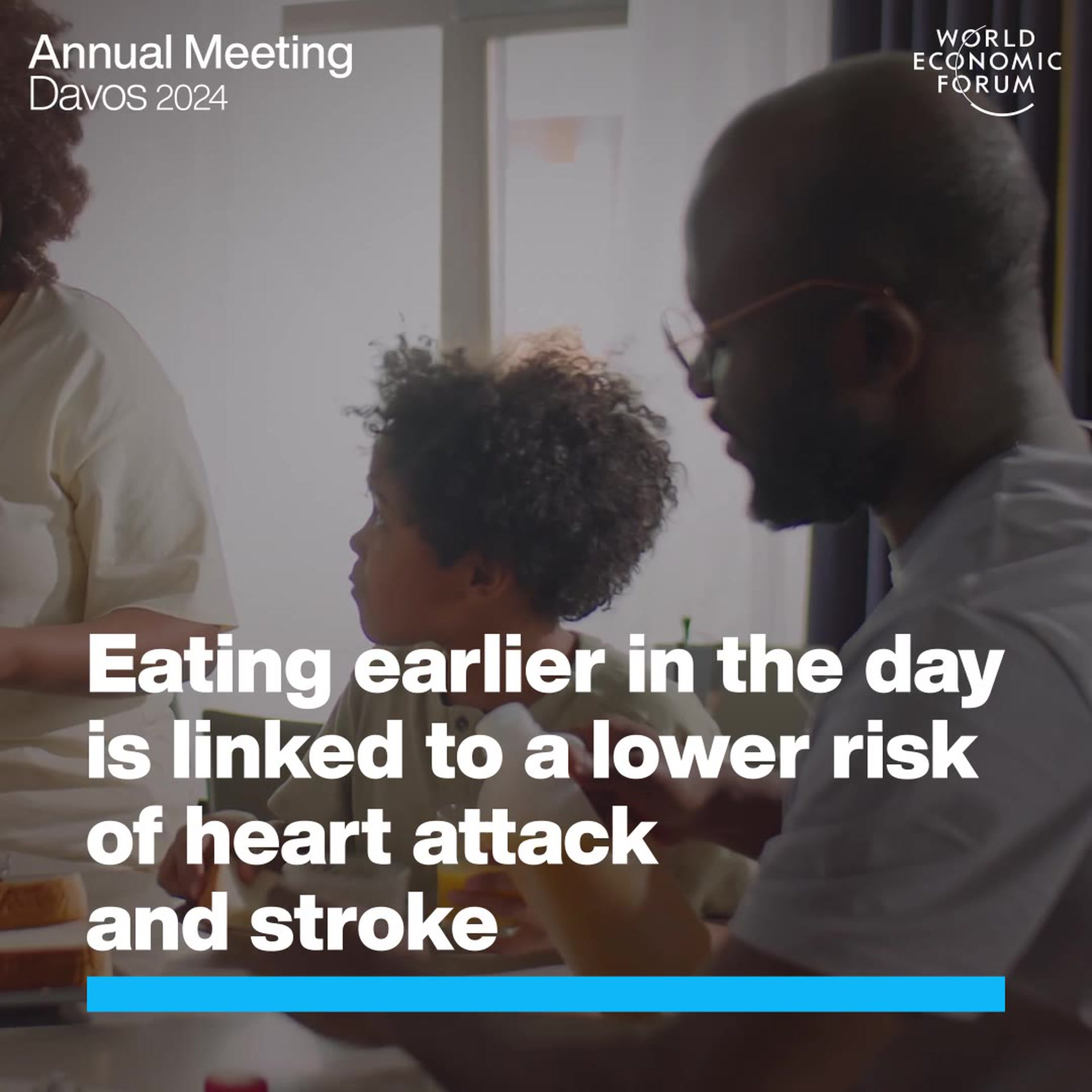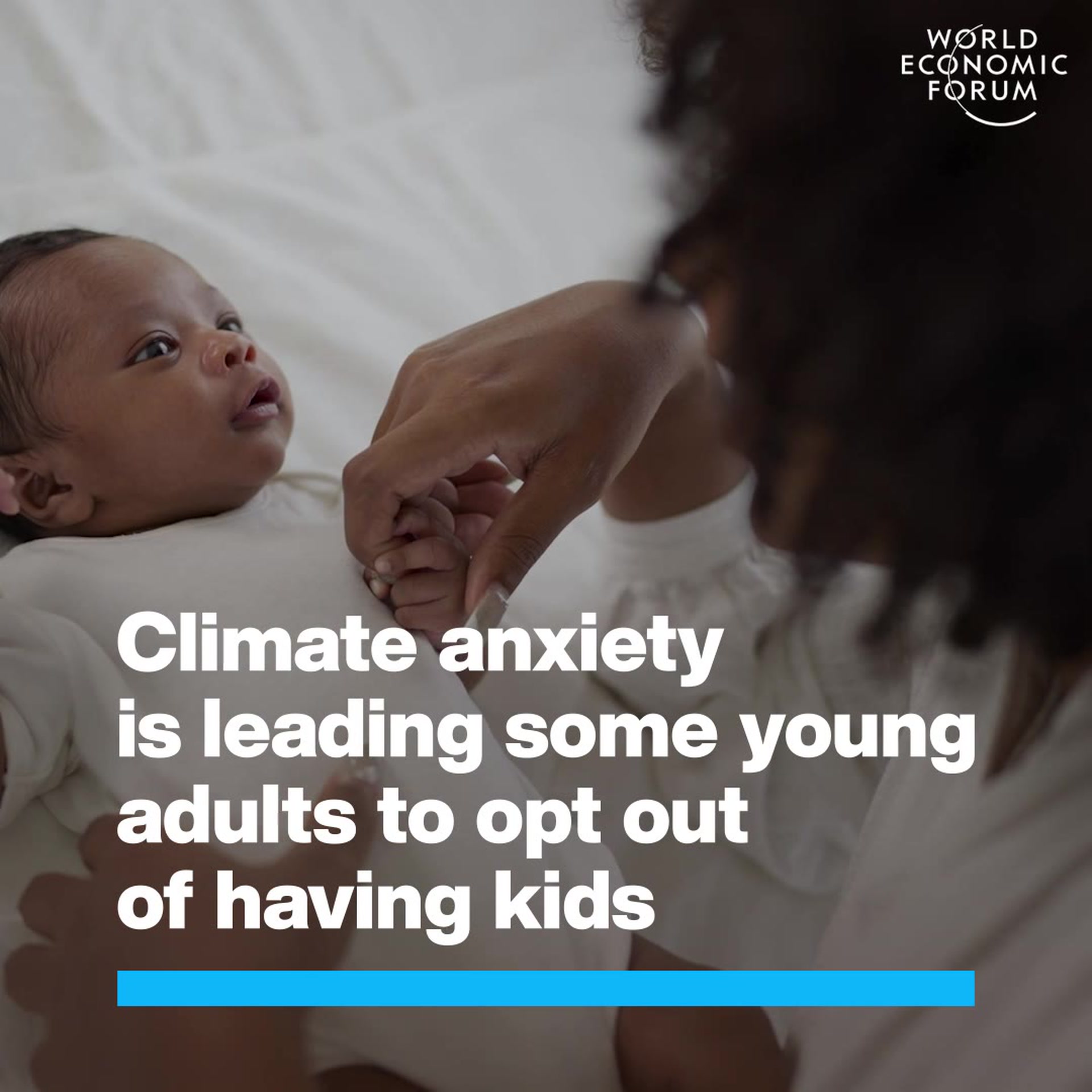The economics of giving: do your emotions get in the way of helping others?


Get involved with our crowdsourced digital platform to deliver impact at scale
Stay up to date:
Behavioural Sciences
This article is published in collaboration with Quartz.
Donations to charities peak at the end of the year. But the number of causes and organizations asking for contributions can be overwhelming—which makes for a lot of uncertainty about whether we’re doing the most we can with our money.
I run a nonprofit that uses behavioral insights and rigorous evaluations of program effectiveness to shape better programs and policies aimed at helping the world’s poor. Here are some tips we’ve learned about effective giving:
2. Recognize immediacy bias. Research has shown we’re drawn to emotionally immediate causes, even if they’re not hurting the greatest number of people. For example, malaria and diarrheal disease kill far more people than natural disasters like earthquakes. But since these diseases are ongoing, they don’t make the news as often, and they don’t evoke the same emotional urgency in us.
However, the same studies also show that our rational judgement prevails if we wait a day between seeing an emotional appeal video and making charity decisions. So it’s fine to let a viral video motivate you to give—but don’t choose your cause (or charity) in the heat of the moment.
3. Give where your dollars can help the most people. “Charity begins at home,” the popular saying goes. It can be tempting to help the cause that we know or is close to us, but the one that’s familiar isn’t always the best investment.
But the truth is that the need is greater in poor countries, and the cost of helping people is much cheaper. Supporting the hospital that cared for a loved one may be a cause that’s closer to your heart. But your dollar goes much further abroad.
4. Be aware of mental accounting–the tendency to categorize our money into different mental “bins.” Making artificial distinctions about spending can get in the way of making effective decisions, but you can also use it to your advantage. One study showed that when savers were given the opportunity to label an additional savings account with a particular goal they wanted to meet, such as buying a house or paying for school fees, they saved 30% more.
Since the holiday season tends to coincide with a lot of shopping, it’s easy to wind up short on cash to donate elsewhere. Separate out your charity dollars mentally in advance to make sure they’re not competing with other year-end spending—and if you didn’t do that this year, make a commitment to do so next year.
5. Think about your future self. In Homer’s Odyssey, Odysseus knew he wouldn’t be able to resist the sirens’ temptation to steer his ship into the rocks–so he made his men tie him to the mast.
Similarly, we have found that behavioral “commitment devices” that allow people to restrict access to their accounts helped them increase their savings (by 82%!). You can make your own commitment device for charitable giving: When you make this year’s donations, set up a monthly credit-card donation for the coming year to make sure that you can donate year-round.
Our emotions can be quite helpful in motivating us to give. They allow us to empathize with people we’ve never met before. But letting our emotions guide our giving decisions entirely can lead to less effective outcomes for people in need. Using your head and your heart will make sure your dollars help the most people they can.
Publication does not imply endorsement of views by the World Economic Forum.
To keep up with the Agenda subscribe to our weekly newsletter.
Author: Annie Duflo is the executive director of Innovations for Poverty Action.
Image: A girl waits in queue to receive relief food supplies at a hospital in Kakuma Refugee Camp, Turkana District, northwest of Kenya’s capital Nairobi. REUTERS/Kabir Dhanji.
Don't miss any update on this topic
Create a free account and access your personalized content collection with our latest publications and analyses.
License and Republishing
World Economic Forum articles may be republished in accordance with the Creative Commons Attribution-NonCommercial-NoDerivatives 4.0 International Public License, and in accordance with our Terms of Use.
The views expressed in this article are those of the author alone and not the World Economic Forum.
Related topics:
The Agenda Weekly
A weekly update of the most important issues driving the global agenda
You can unsubscribe at any time using the link in our emails. For more details, review our privacy policy.
More on Behavioural SciencesSee all
Peter Dizikes
November 27, 2023
Aaron De Smet and Patrick Simon
September 25, 2023
Kate Whiting and Kateryna Gordiychuk
September 6, 2023







